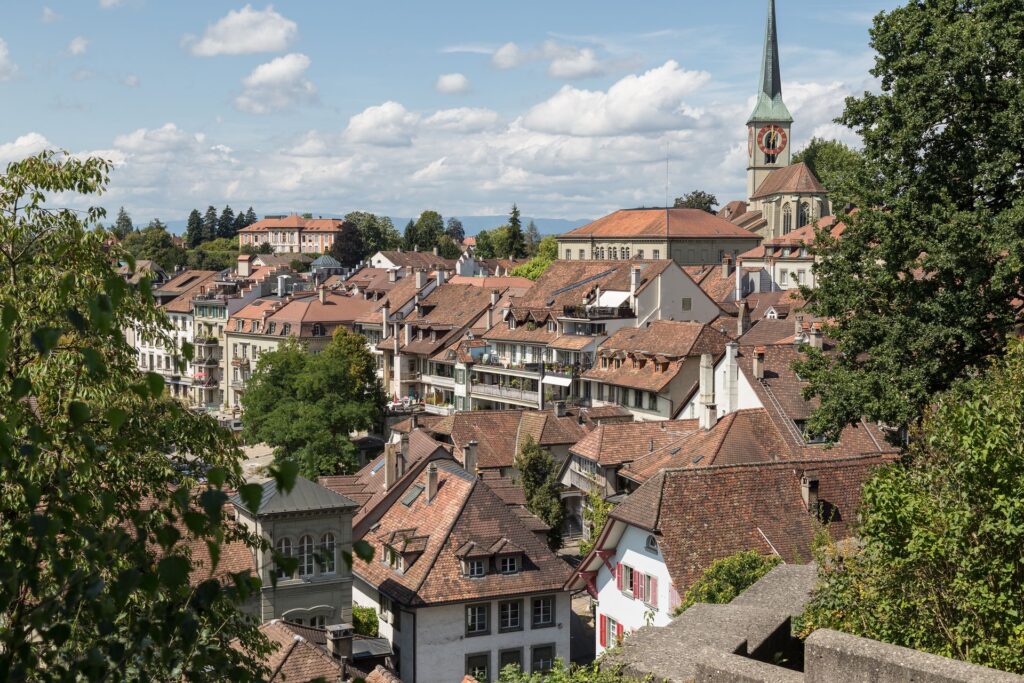“Swiss city statistics 2021” and urban dynamics
In the last twenty years, three quarters of the Swiss population have chosen to live in the centers: this is explained by the latest Yearbook of the Federal Office and the Municipalities
Three quarters of Switzerland’s population live in urban areas. They do so in some 2 million dwellings distributed in just under 540,000 city buildings.
Nearly three-quarters of the dwellings are occupied by renters, most of whom live in three-room apartments. This is what the results of the “Swiss City Statistics 2021”, focusing on the theme of “Living in the City”, report.
Bankruptcies and debt enforcement in decline throughout Switzerland
How much does Switzerland consume? 87 million tons per year
Digital geodata from swisstopo available for use free of charge
The Union of Swiss Cities publishes the yearbook in collaboration with the Federal Statistical Office (FSO).
After an urban exodus in the 1980s and 1990s, Swiss cities have undergone a renaissance in the last twenty years. Today, three-quarters of Switzerland’s population live in urban areas.
Three-quarters of the population of Switzerland now live in urban areas. 19% of the inhabitants of the 171 cities surveyed are aged 19 or younger, 63% are aged 20 to 64 and 18% are in the 65+ age group.

Few demographic differences with the countryside
The age structure differs only slightly from the rest of Switzerland.
Forty-seven percent of the urban population is unmarried (compared to 42% in the rest of Switzerland) and 31% of city dwellers come from abroad, while foreigners outside urban areas make up only 20% of the population.
Whether such a “population mix” is and remains possible depends very much on the configuration of the housing market.
Athenian democracy? Revive between Glarus and Appenzell….
Switzerland and the “fantastic four” of direct democracy
In 2018, a total of 2.2 million dwellings were available in 539,767 urban residential buildings in the 171 Swiss cities under review.
Of these, 46.8 percent were single-family homes, while 35.6 were multi-family. Looking at the distribution by size class of municipalities, we see that the proportion of single-family homes increases as the size of the municipality decreases.
The opposite is true, however, for multifamily housing: while the ten largest cities have an average share of over 43 percent, this is less than 33 percent in the remaining 161 cities.
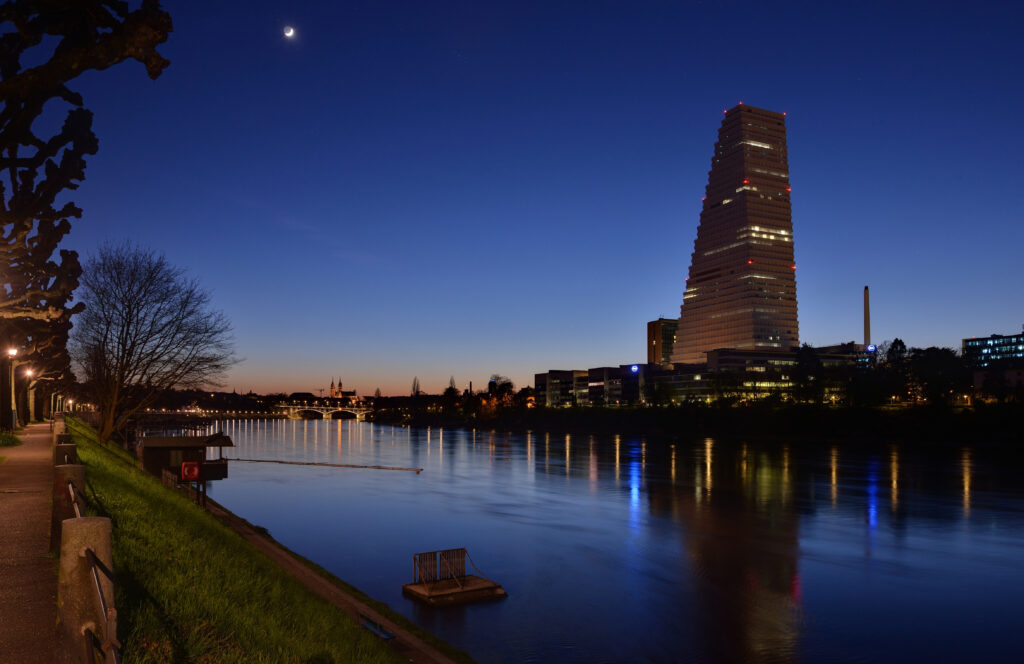
Three-room apartments dominate under 20,000 inhabitants
In terms of housing size, three-bedroom apartments are the most common size in most municipal size classes.
In towns with a population of less than 20,000, however, four-room dwellings are slightly in the majority. Large dwellings with five or more rooms are rarer in large cities, where they account for 9.8 percent of the total, while their share in other size classes is 19 percent.
Sixty-nine percent of urban renters live in a dwelling consisting of three or four rooms. In contrast, the majority of homeowners living in Swiss cities (86.5 percent) have a dwelling with four or more rooms.
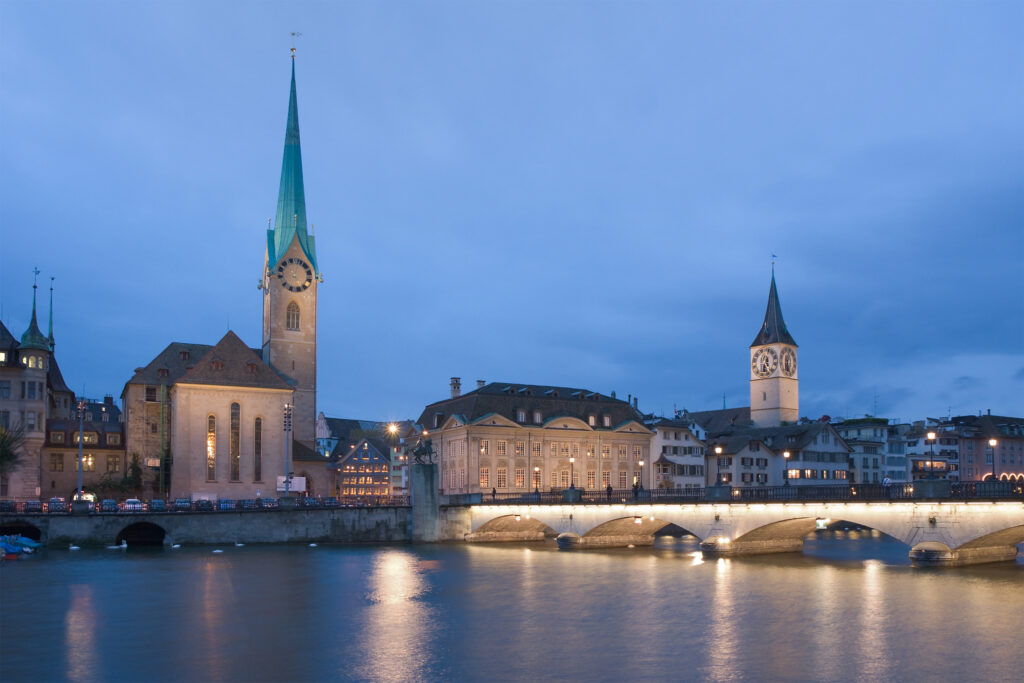
The larger the city, the more renters there are
Between 2015 and 2017 (cumulative data), 74 percent of occupied housing in Swiss cities was occupied by renters and members of housing cooperatives, while 25 percent was occupied by owners.
The presidency of the Swiss Confederation from 1848 to the present.
Swiss monuments? A “hidden” treasure to be exploited…
In Brig-Glis, Möhlin, Spiez and Uzwil, more than half of the occupied dwellings are privately owned. In Geneva, Lausanne, Zurich and Carouge, by contrast, more than 90 percent of the dwellings are rented or owned by cooperatives.
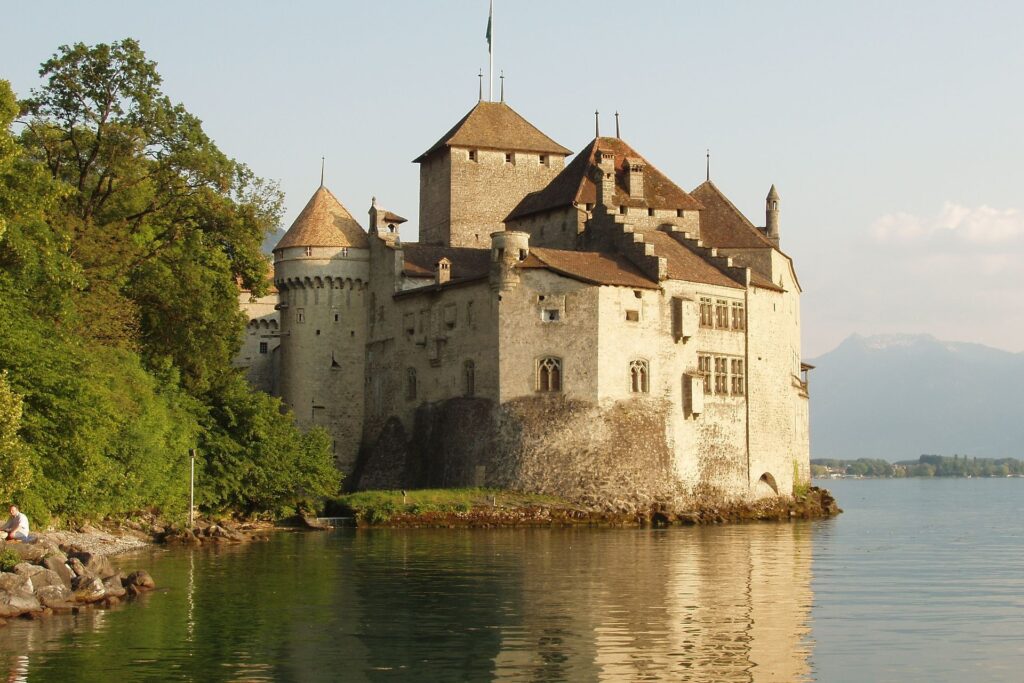
Leveraging the provision of fair housing
Cities are increasingly investing in utility housing to house the socially and economically disadvantaged.
While public housing accounts for 1.3 percent of Switzerland’s housing stock, large cities are well above the Swiss average at 11.4 percent.
Schwyz and Glarus, lost half-cantons of Swiss history
Swiss Districts? Still children of a minor federalism
In the city of Zurich, 22.4 percent of all three-room apartments and 24.4 percent of all four-room apartments are public utility housing.
However, some smaller cities, such as Urdorf and Birsfelden, also have a sizable proportion of such housing, with about 15 percent each.

FDP and SP are the best represented parties
As usual, the “Statistics of Swiss Cities” also includes data on city politics.
The survey was optimized in 2020 in cooperation with the FSO’s Politics, Culture and Media section.
Now the data present the status of the most recent full renewal elections.
The leading parties in city politics are the FDP and the SP. In 2020, the FDP won 27.2 percent of the seats in municipal executives.
It is followed by the SP with 20.6 percent. The FDP lost 0.2 percent from the previous year and thus still holds 15.1 percent of the seats.
The SVP retains fourth place, although it lost 0.2 percent to 11.4 percent.
The Greens gained 0.8 percent more seats than in the previous year and now hold 7.7 percent of the seats in municipal executives.
In the legislatures, the FDP holds 22.3 percent, followed by the SP with 20.9 percent and the SVP with 15.3 percent. In fourth place are the Greens, with 11.6 percent of the seats, while the CVP came in at 9.3 percent.
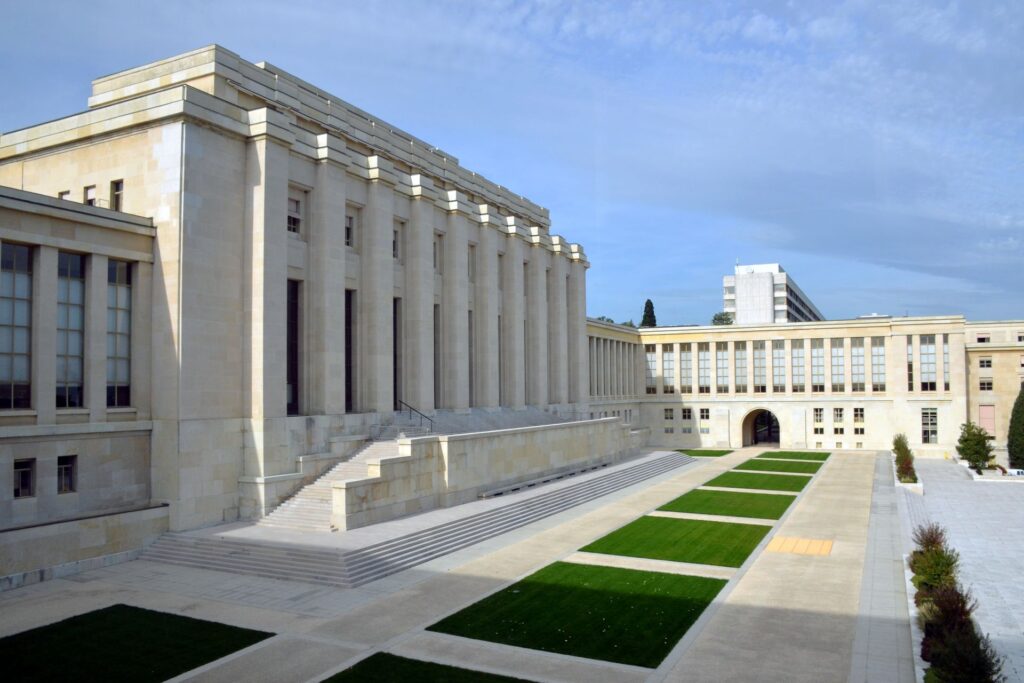
Available in digital format and as OGD
The 82nd edition of the “Swiss City Statistics” is published in collaboration with the FSO.
In addition to data on city living, it contains as usual numerous facts and information on topics such as population, work and income, finances, mobility and education.
The ethic of competitiveness and the spirit of federalism
Waldstätte and the “forest” cantons at the dawn of Switzerland…
The contents are also available in digital format with interactive graphics, for viewing in an App, and as an online publication.
In addition, the FSO also makes the data used to produce the publication available to a wide audience in its own catalogs and on the opendata.swiss platform, so that interested parties can make further use of it.
